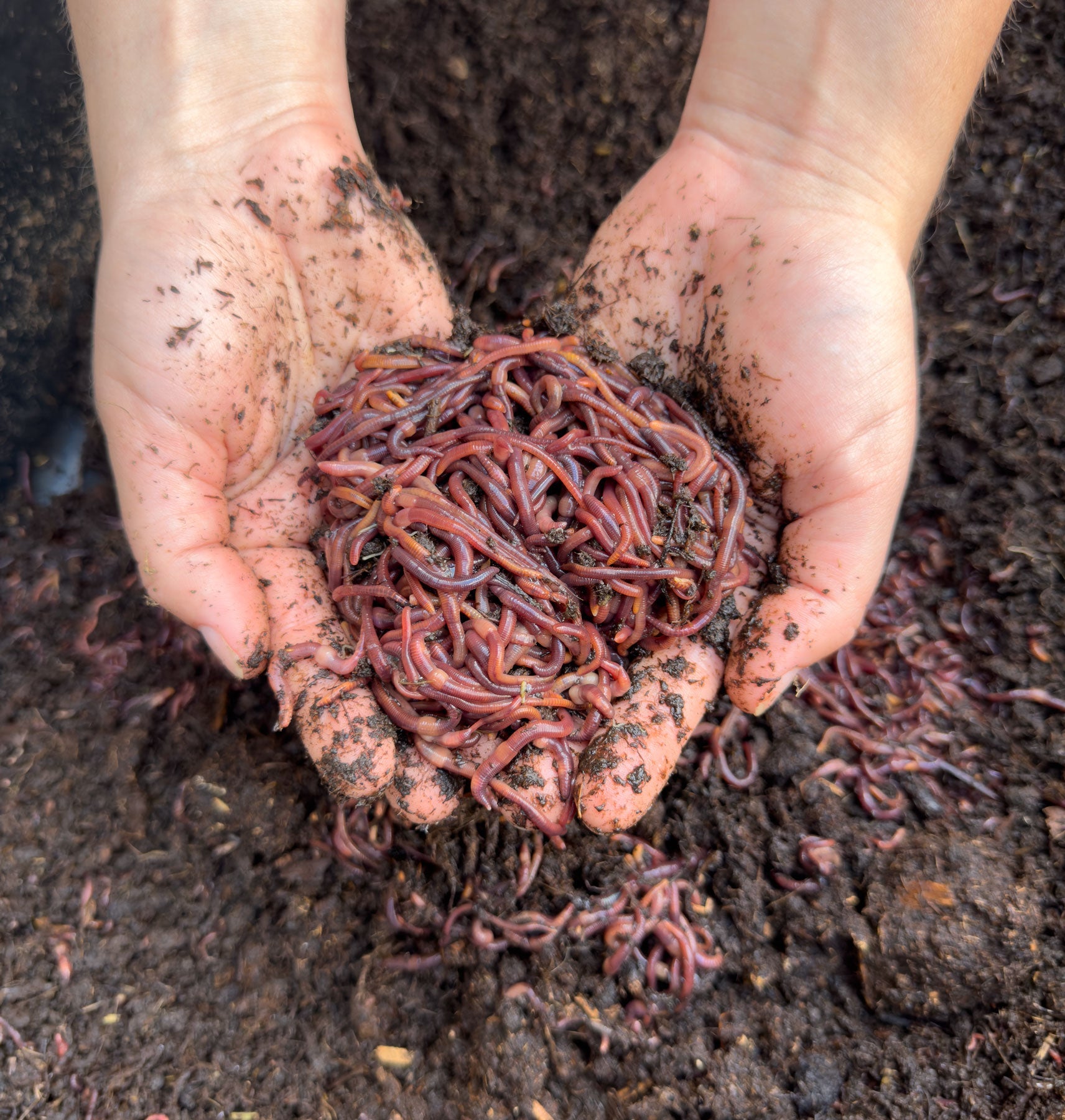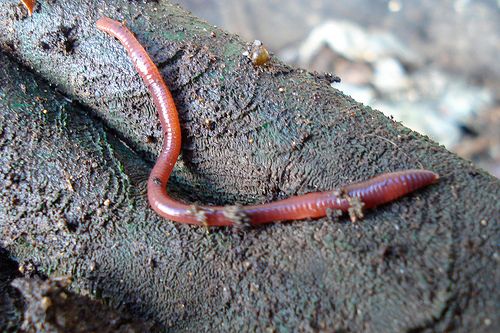Red Wigglers: The Unsung Heroes of Organic Waste Recycling
Red wigglers, or Eisenia fetida, serve as crucial agents in the natural waste recycling process, transforming disposed of products into valuable vermicompost. As the globe progressively looks for remedies to deal with waste accumulation and boost agricultural performance, recognizing the function of these worms becomes crucial.
What Are Red Wigglers?
The amazing resilience of red wigglers, medically referred to as Eisenia fetida, highlights their crucial role in organic waste recycling. These little, reddish-brown earthworms are generally located in breaking down raw material, such as compost heaps and manure stacks. Lake Hickory Bait. Unlike other earthworm species, red wigglers prosper in nutrient-rich environments and are extremely reliable at damaging down organic products, making them essential for vermicomposting

(Red Wiggler Express)Along with their duty in waste decrease, red wigglers add to soil health and wellness by enhancing dirt framework and oygenation with their burrowing activities (Lake Hickory Bait). Their existence in composting systems not only boosts decomposition prices but also promotes a sustainable technique to waste monitoring, showing their relevance in environmental preservation initiatives
Advantages of Composting With Worms
Composting with worms, specifically red wigglers, supplies many advantages that enhance both waste management and soil wellness. These worms successfully damage down organic waste, transforming it right into nutrient-rich vermicompost that improves dirt. This process speeds up decomposition, enabling for a faster recycling of kitchen scraps and various other natural materials compared to conventional composting methods.
Additionally, the vermicompost generated by red wigglers is bristling with helpful bacteria, which assist improve dirt framework, aeration, and moisture retention. This boosts the general health of plants, advertising strenuous growth and enhanced returns in yards and agricultural settings. Additionally, using worms in composting decreases the manufacturing of greenhouse gases, such as methane, contributing to a much more sustainable waste monitoring system.

Just How to Start Vermicomposting
Establishing a vermicomposting system is an uncomplicated process that can produce substantial benefits for both waste monitoring and soil enrichment. To begin, choose an appropriate container, such as a Red Wiggler Express plastic container or wood box, with sufficient ventilation holes to make sure correct air flow. The dimensions must preferably be about 2 feet by 3 feet, permitting sufficient room for the worms to thrive.
Next, prepare bedding material, which can be composed of shredded paper, cardboard, or coconut coir. This bed linens needs to be dampened to develop an ideal habitat for the worms. Once the bedding remains in area, present red wigglers (Eisenia fetida) right into the container, generally around one pound of worms for every square foot of surface.
Complying with the placement of worms, include organic waste, such as fruit and veggie scraps, coffee premises, and smashed eggshells. With these actions, you will efficiently initiate a vermicomposting system that adds to sustainable waste management and enriches your dirt.
Keeping a Healthy And Balanced Worm Container
(Red Wiggler Express)Maintaining a worm container thriving calls for normal attention and treatment to make sure the health of the red wigglers and the efficiency of the composting process. Proper upkeep begins with keeping track of the dampness degrees; the bin ought to be damp however not saturated. An excellent guideline is to preserve an uniformity similar to a wrung-out sponge.
Delicately mixing the bed linens and food scraps every couple of weeks avoids compaction and makes sure that all worms have access to oxygen. Additionally, it is crucial to feed the worms suitably.
If the bin ends up being as well hot or cold, the worms may come to be stressed. By vigilantly managing these factors, one can maintain a durable and effective worm bin.
Effect On Lasting Living
The effective maintenance of a worm bin not only benefits the health of red wigglers yet additionally contributes substantially to sustainable living methods. By recycling natural waste, such as cooking area scraps and lawn debris, red wigglers help divert significant quantities of material from land fills. This decrease in waste not just reduces greenhouse gas emissions yet likewise reduces the environmental worry associated with waste administration.
Moreover, the spreadings generated by red wigglers act as a nutrient-rich natural fertilizer, enhancing dirt health and wellness and advertising plant growth. This all-natural alternative to chemical plant foods supports lasting farming and gardening techniques, minimizing reliance on synthetic inputs that can hurt environments. Additionally, worm composting cultivates understanding of waste monitoring, motivating people and neighborhoods to adopt even more sustainable behaviors.

Verdict
In recap, red wigglers serve as important contributors to natural waste reusing through their efficient decomposition of organic materials. Their capacity to create nutrient-rich vermicompost improves dirt health and wellness and sustains lasting farming techniques. By incorporating vermicomposting right into waste monitoring strategies, individuals and neighborhoods can dramatically lower waste while advertising ecological sustainability. The duty of Eisenia fetida in cultivating healthy ecological communities highlights the importance of these microorganisms in attaining lasting living and boosting dirt fertility.